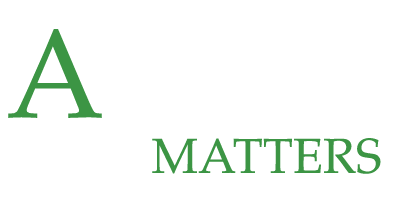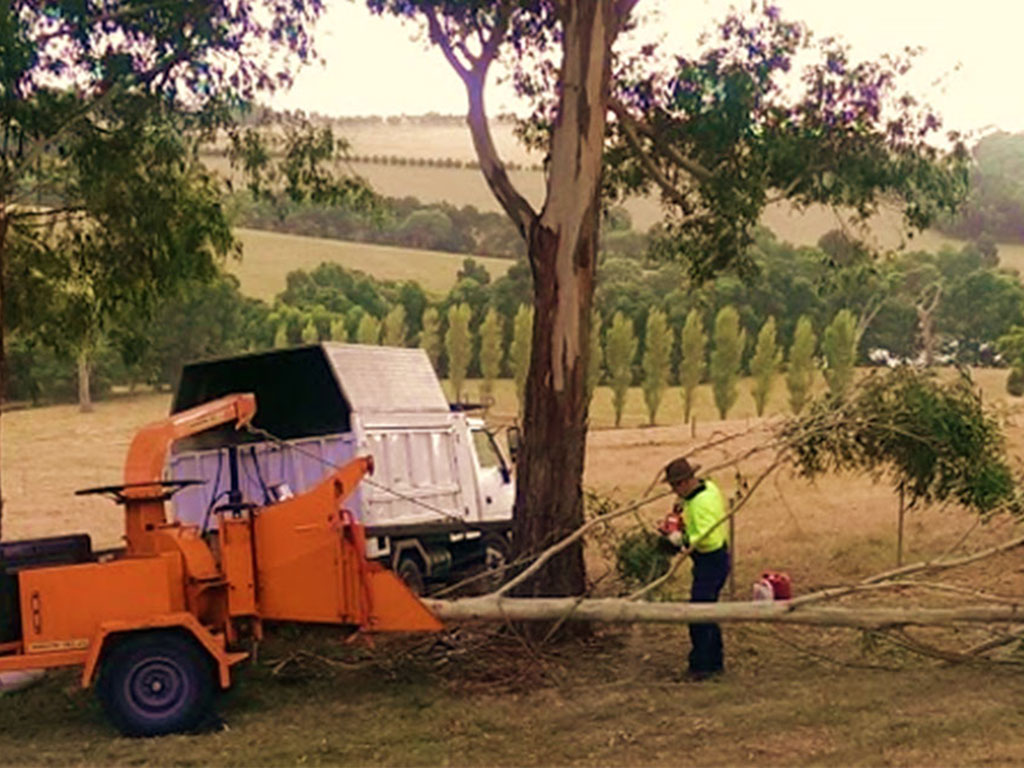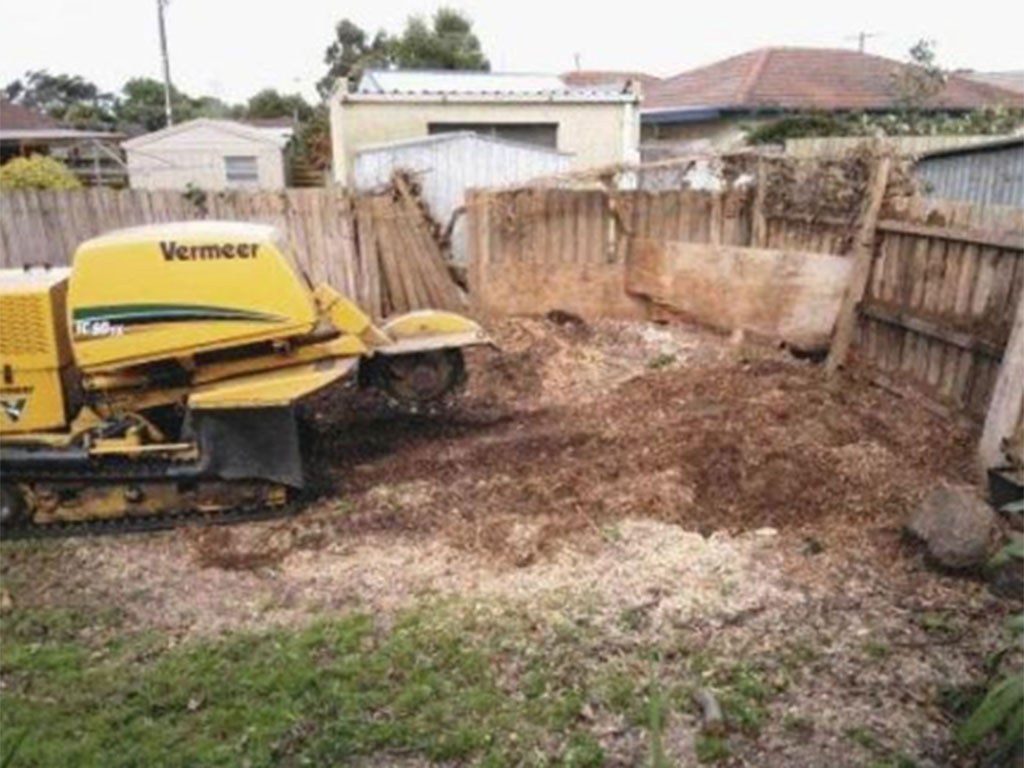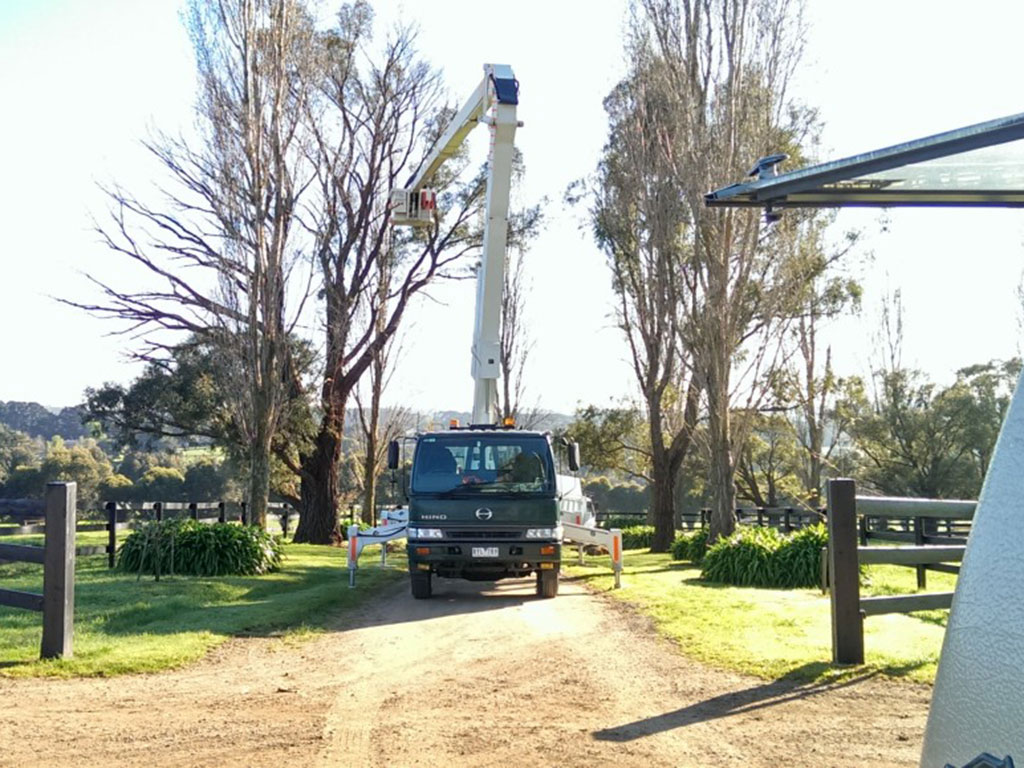Expert Tree Pruning
professional Arborist
About Tree Pruning
The vital thing to note with pruning is that there is an Australian Standard AS:4373: – Australian Standard, Pruning of amenity trees. All Arborist work to this standard; it is expected within the industry.
It is essential to hire an Arborist
There are a few golden rules:
Remove branches at the point of attachment, but do not flush cut.
Do not apply any wound dressing for this has been proven to harbour bacteria or fungal spores.
Keep any cuts that you do as small and neat as possible.
Crown Thin
Crown thinning involves the selective removal of branches or limbs within the canopy, which improves crown density.
It can assist in reducing the sail area or and increase light penetrating through the canopy of the tree.
You would only ever use crown thinning with broader leaved species, and generally, it does not alter the actual size or shape of the tree. General guidelines state that no more than 30% should be removed at any one time.
Crown Lift or Raise
Put simply crown lifting or raising is the selective removal of a tree’s lower branches or limbs to gain clearance.
Crown lifting should not involve the removal of large branches which grow directly from the base of the trunk doing so can create large wounds which can decay and can lead to future structural integrity issues.
Crown Reduction
The method of reducing the height, spread or indeed both. It is particularly useful in reducing the mechanical stress (windthrow) on a tree and or individual branches, but can also be used to make the tree more fitting with its environment and to minimize loss of light/excessive shade.
A good crown reduction cut is always making selective pruning cuts to the outer branches; usually. Not all species of tree are suited to this particular type of pruning; confusing crown reduction with lopping can lead to problems; the lopping is a harmful technique which should be avoided.



